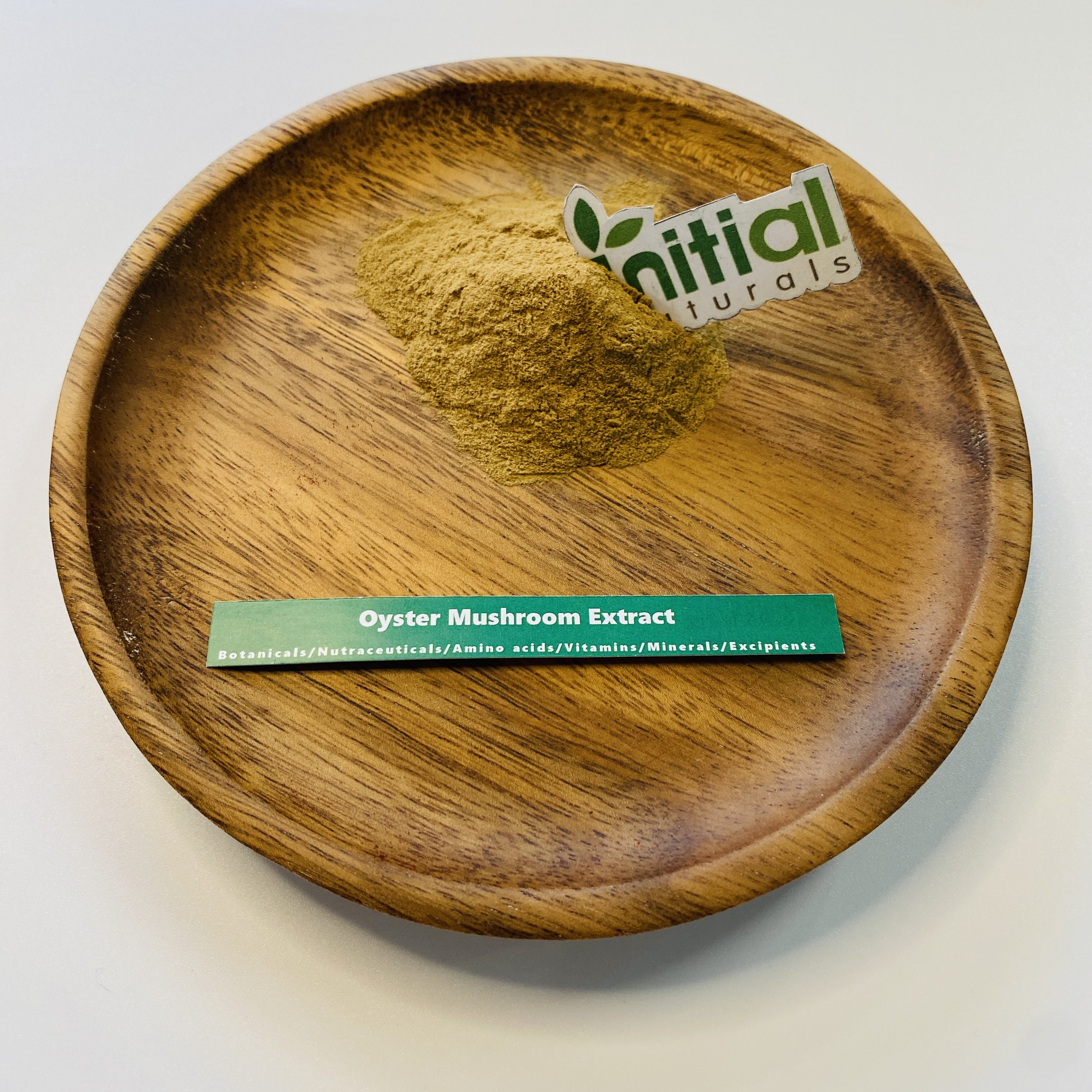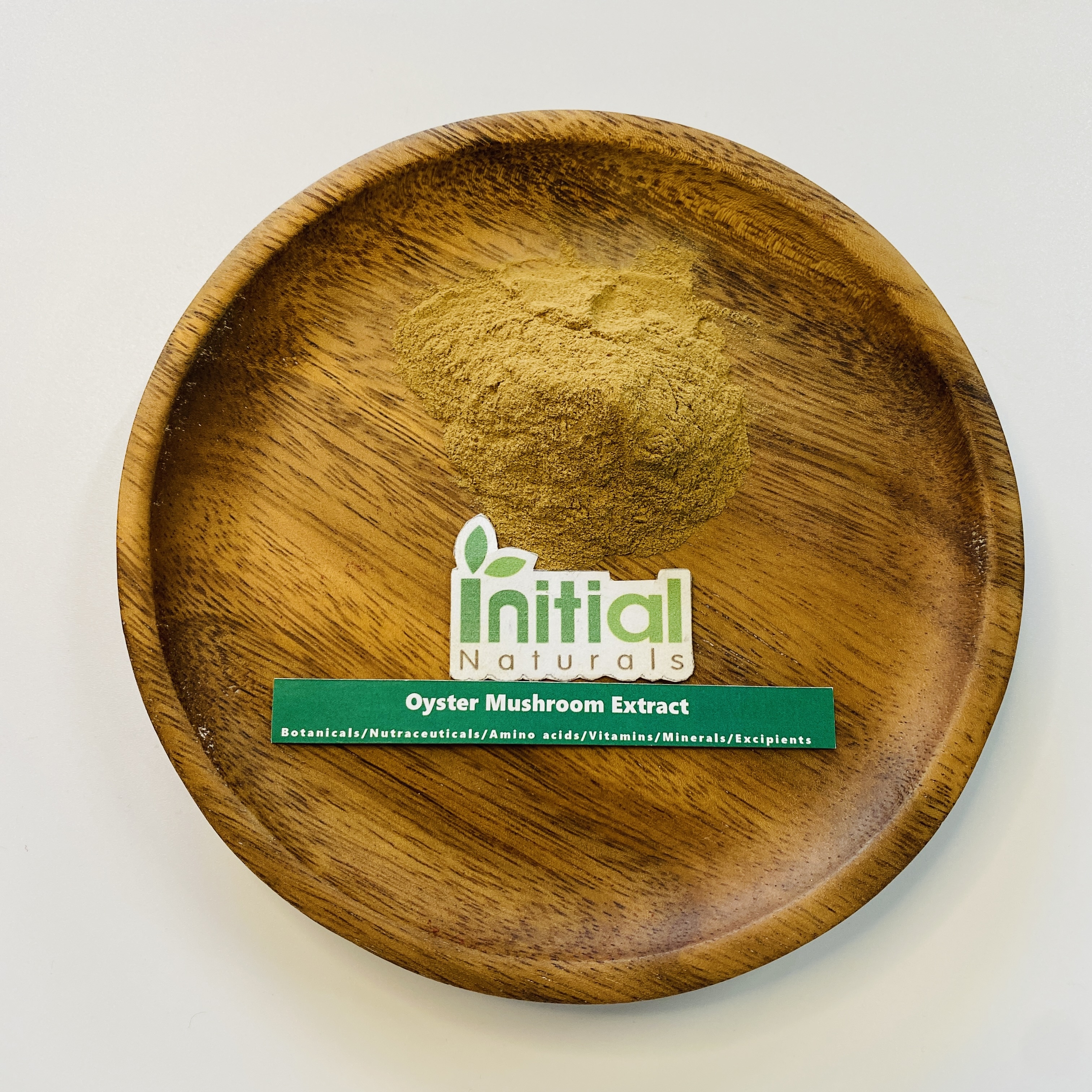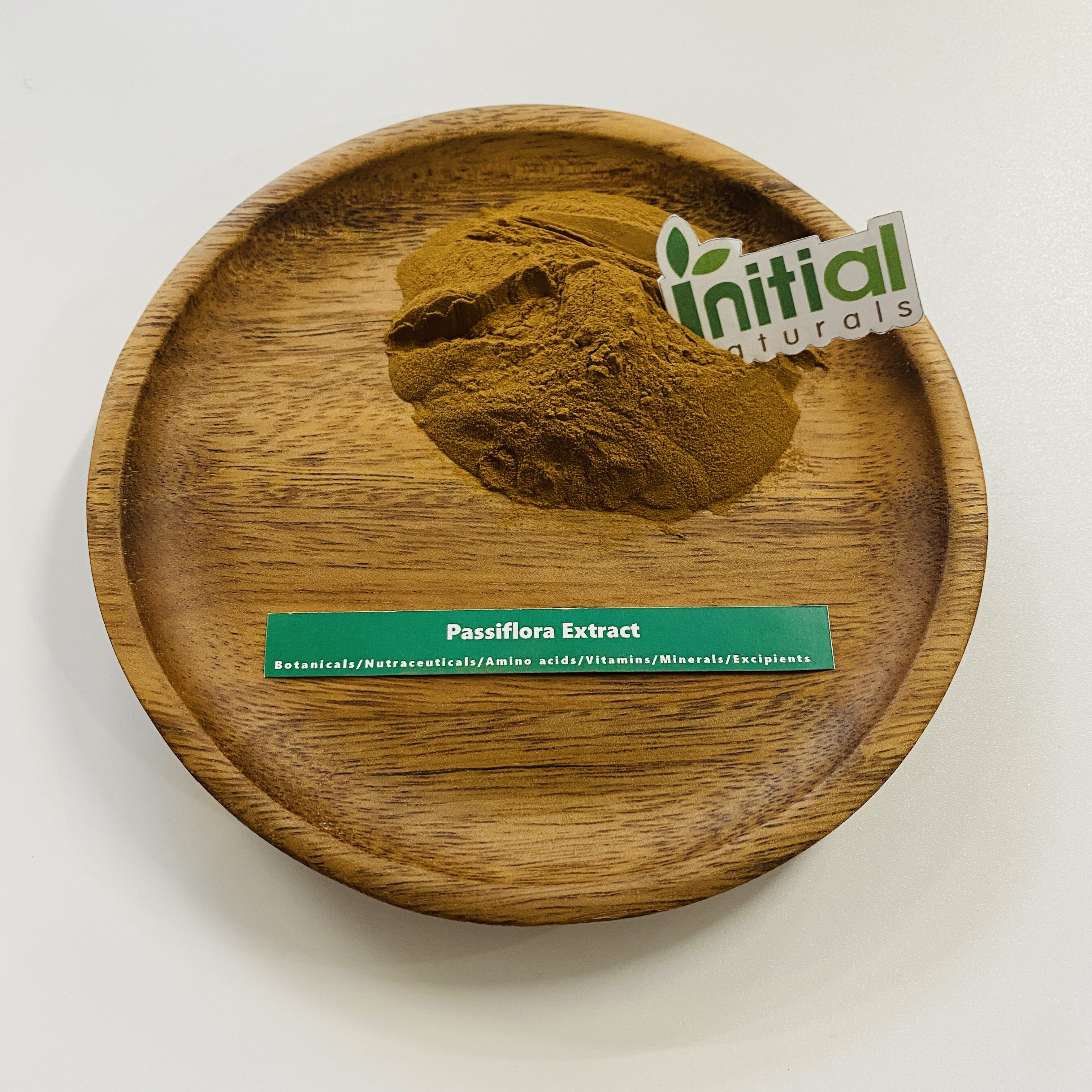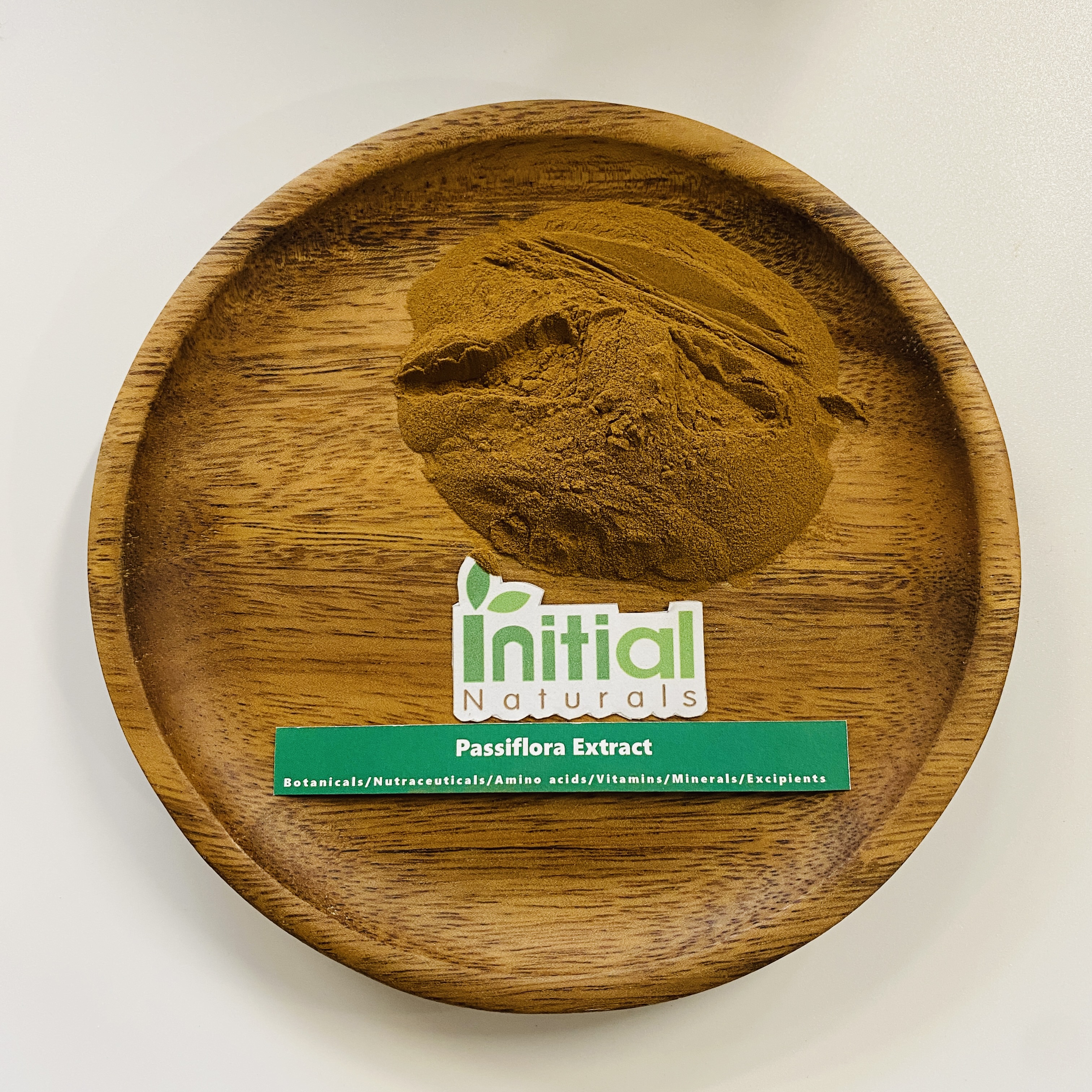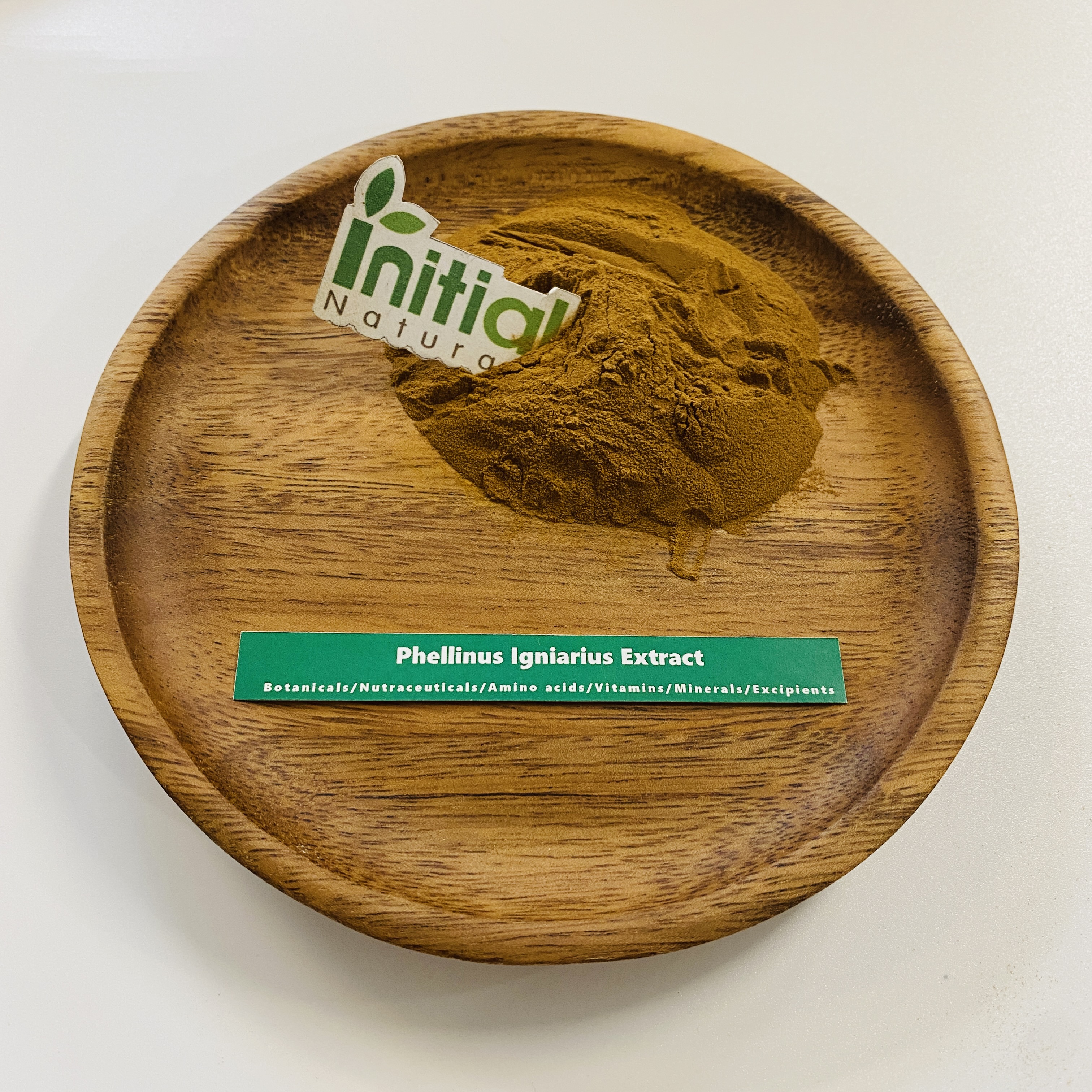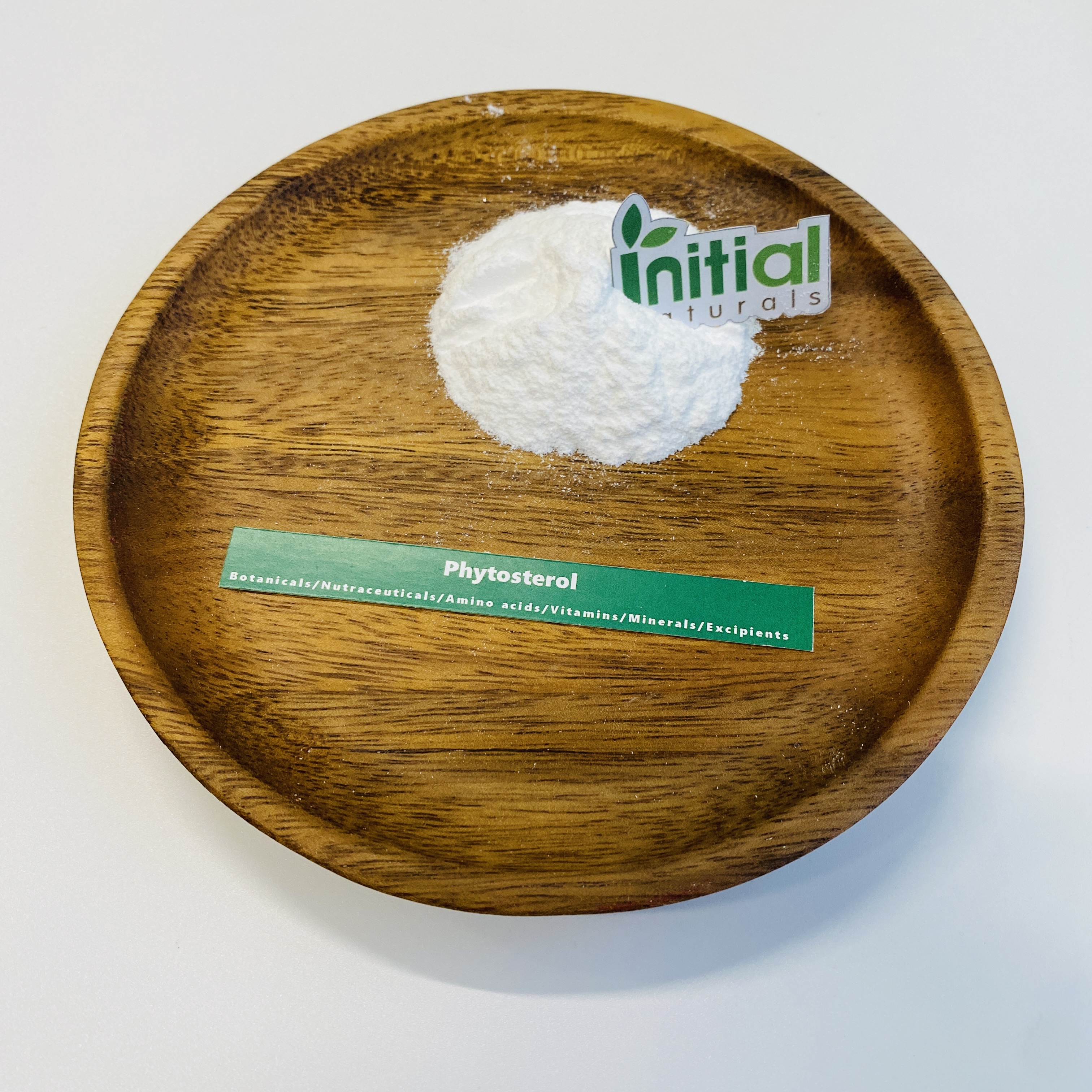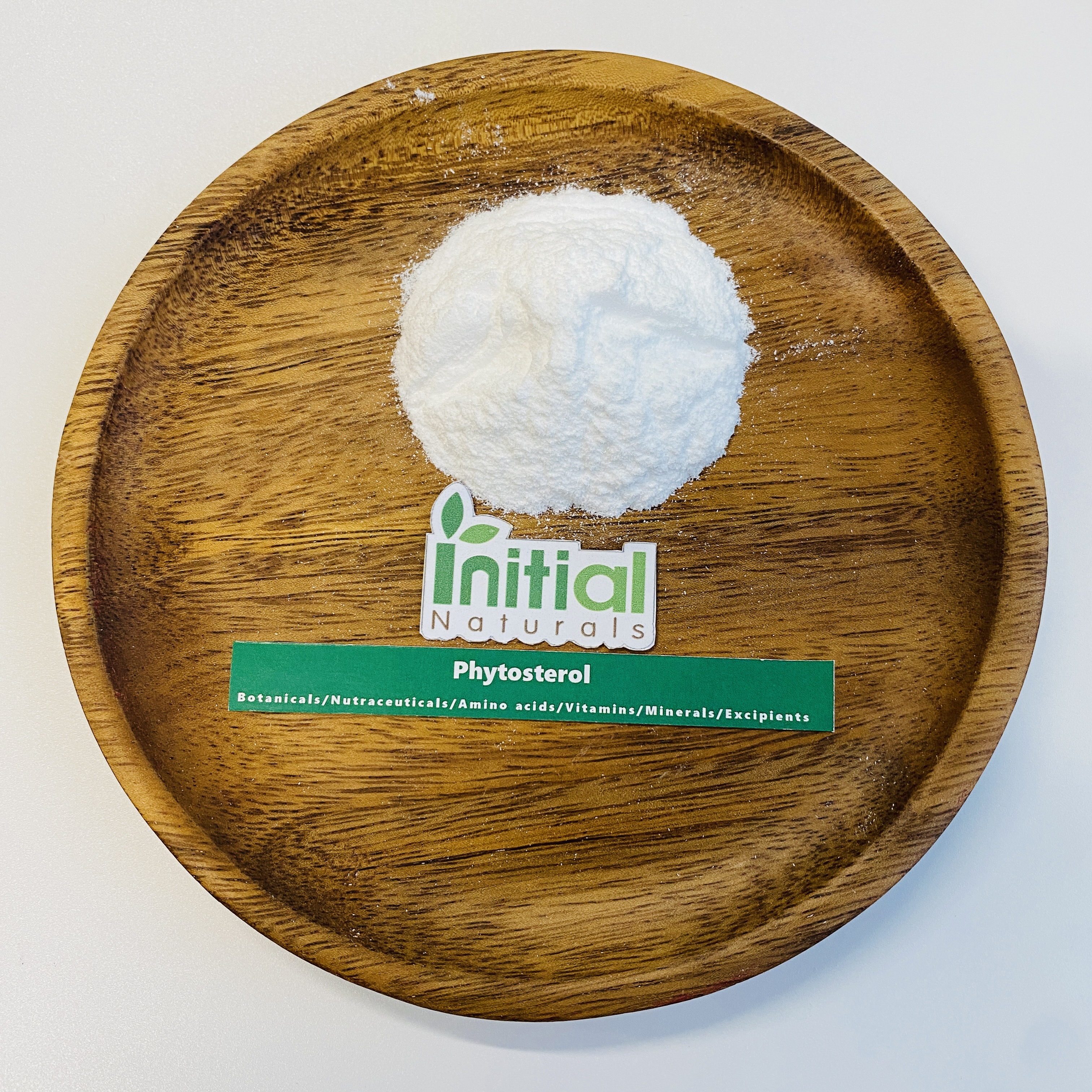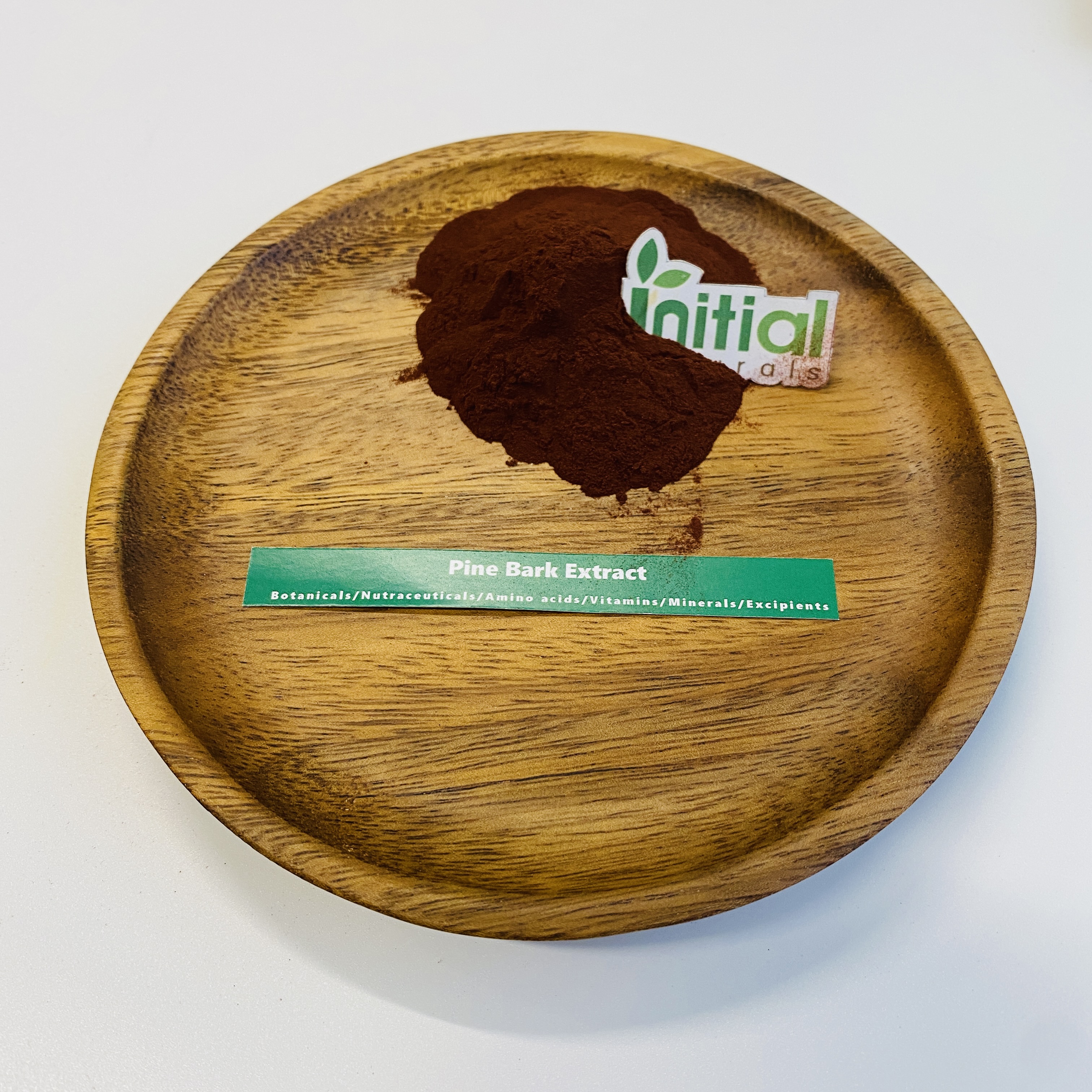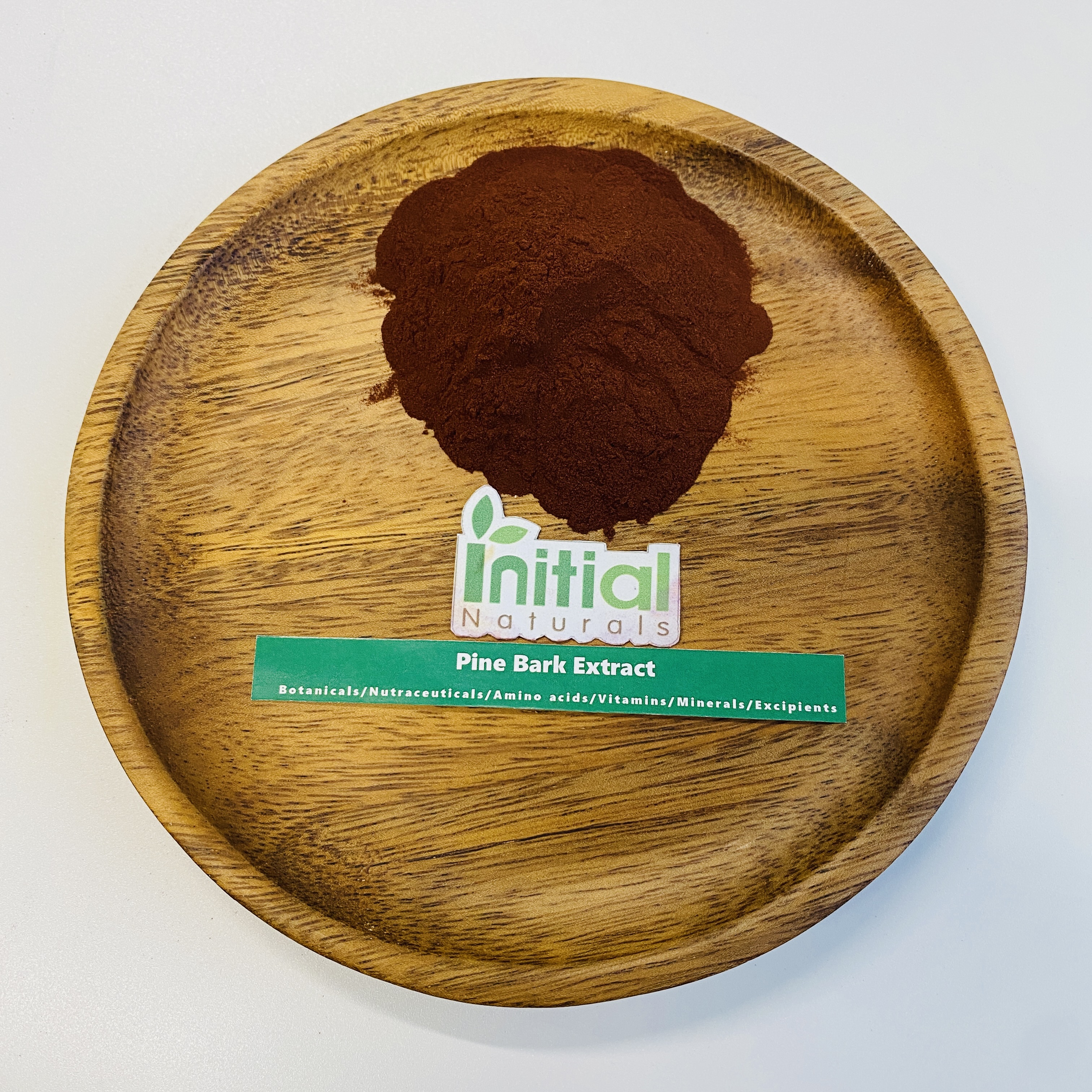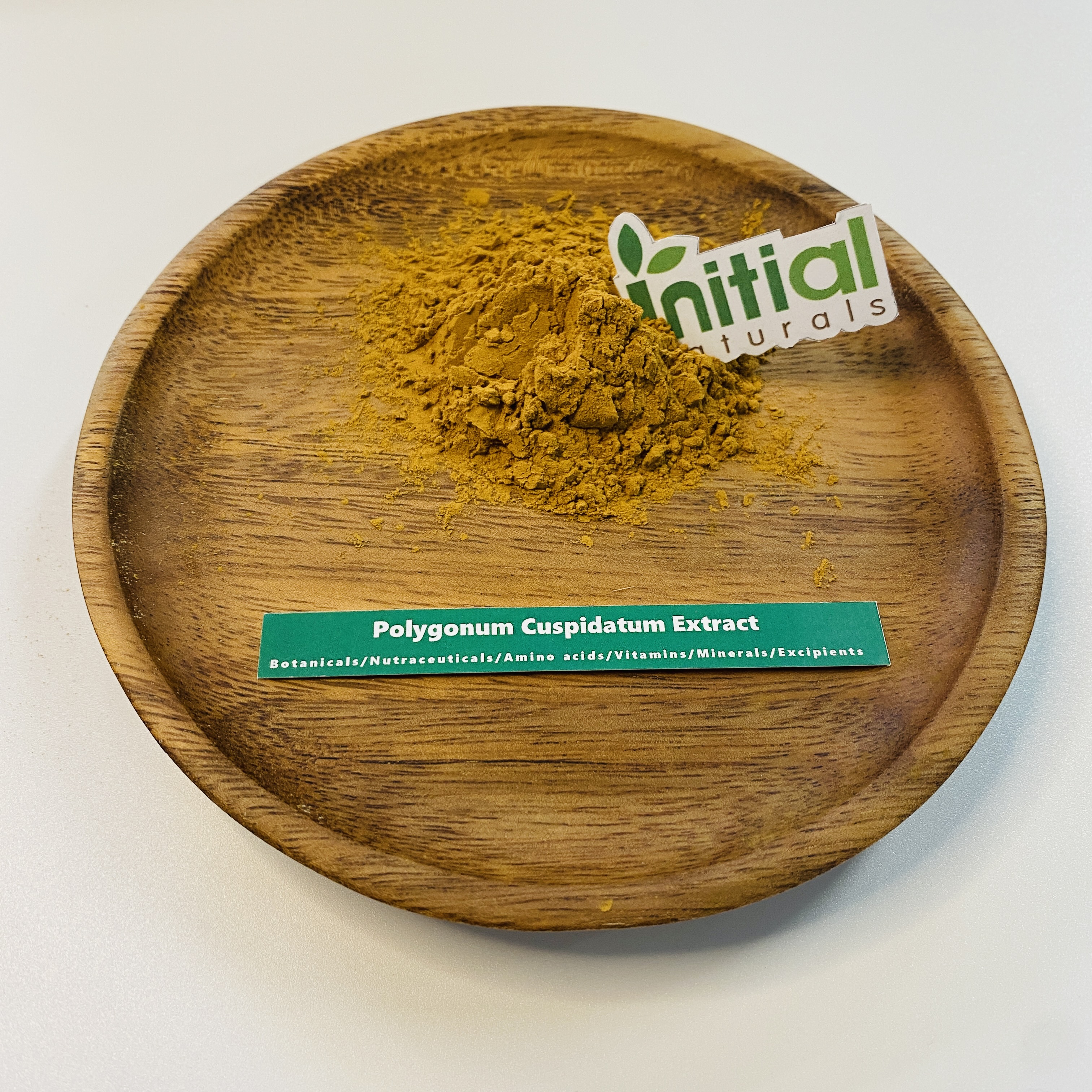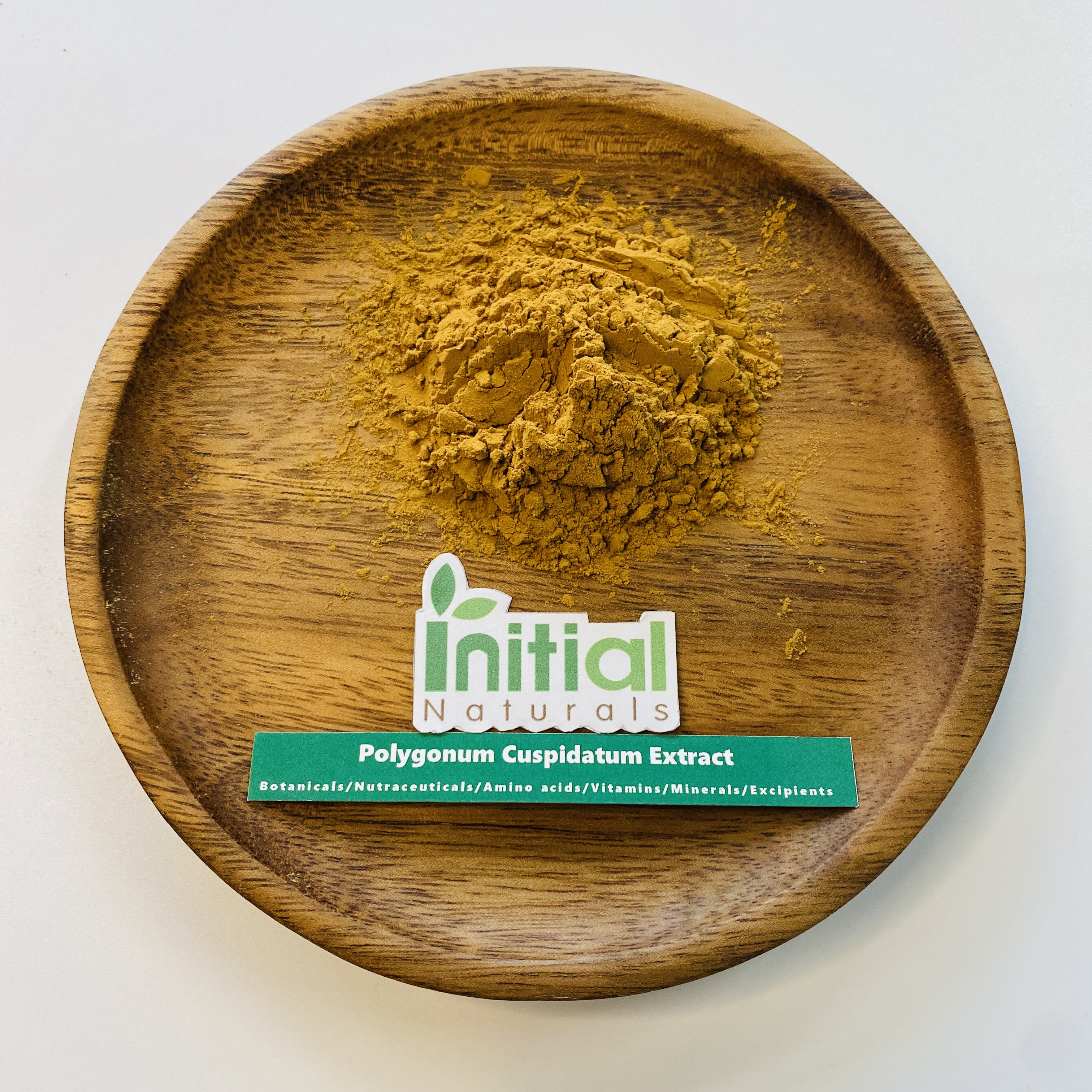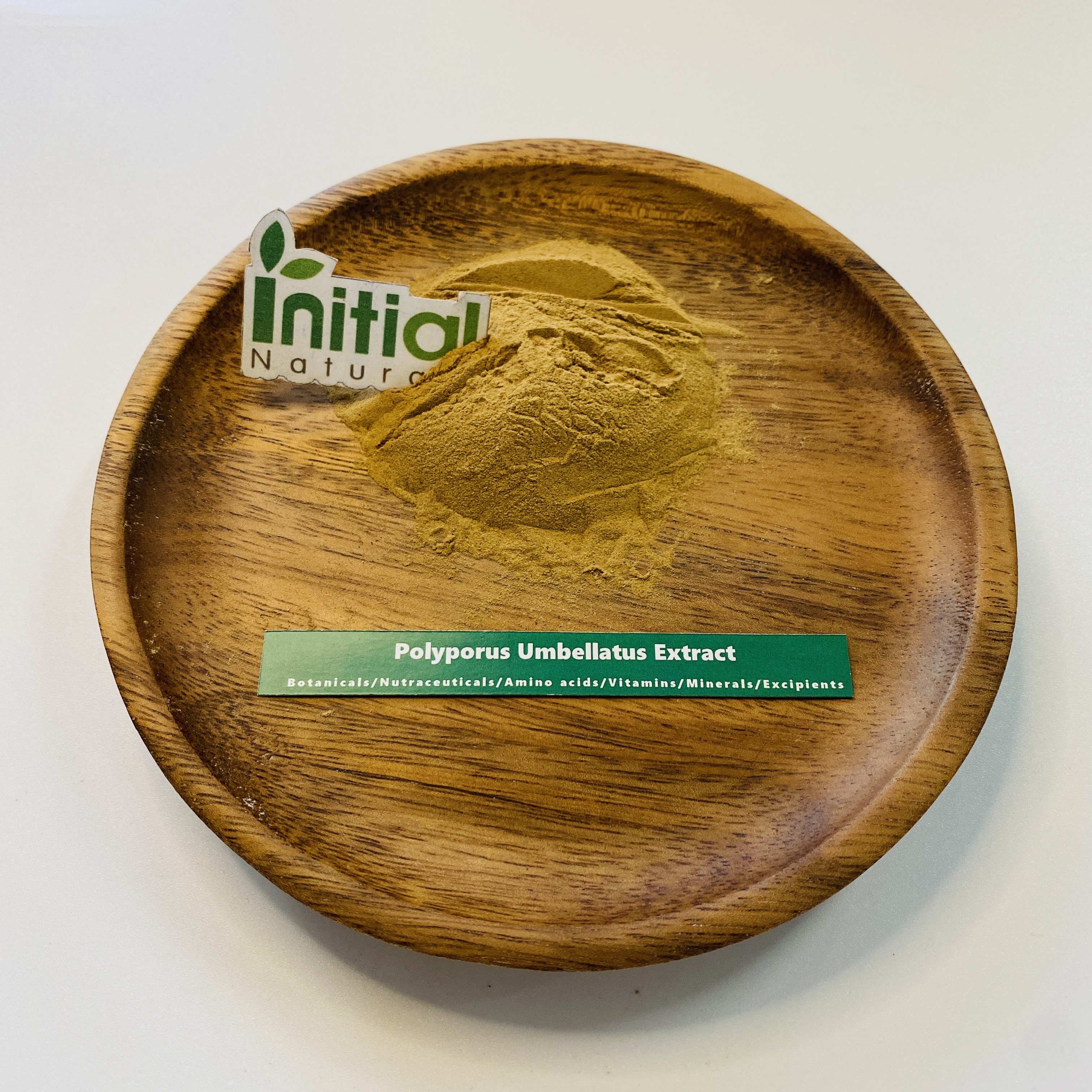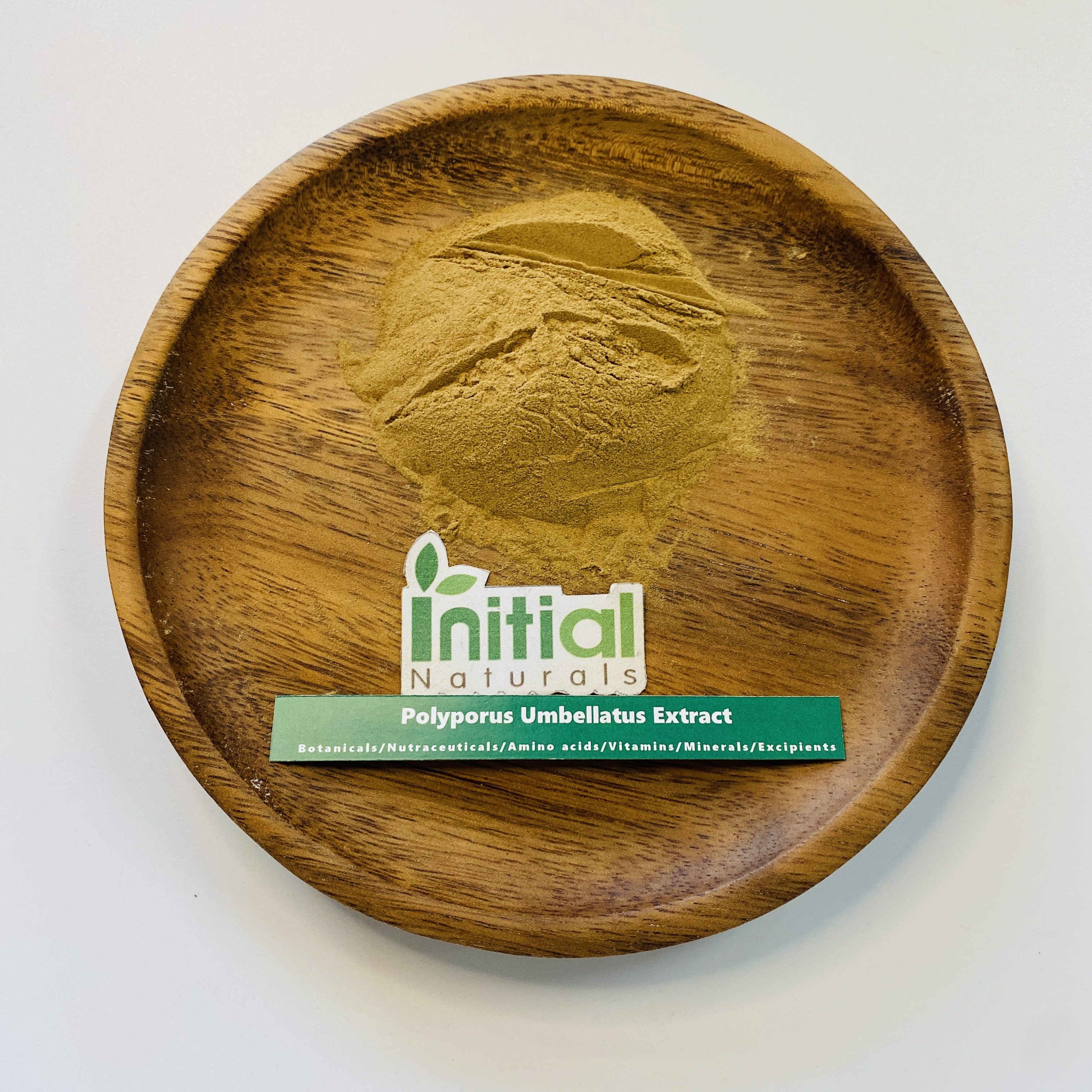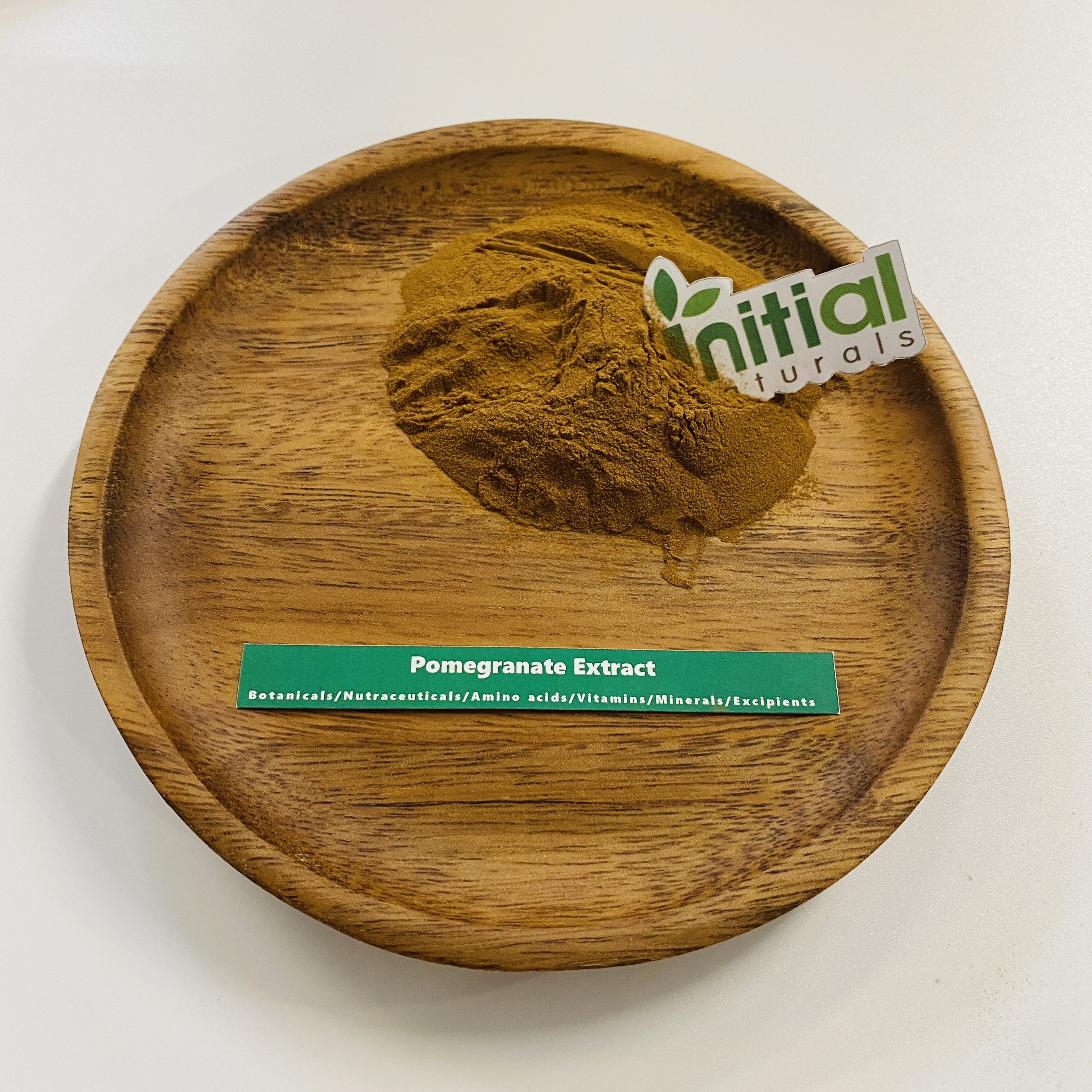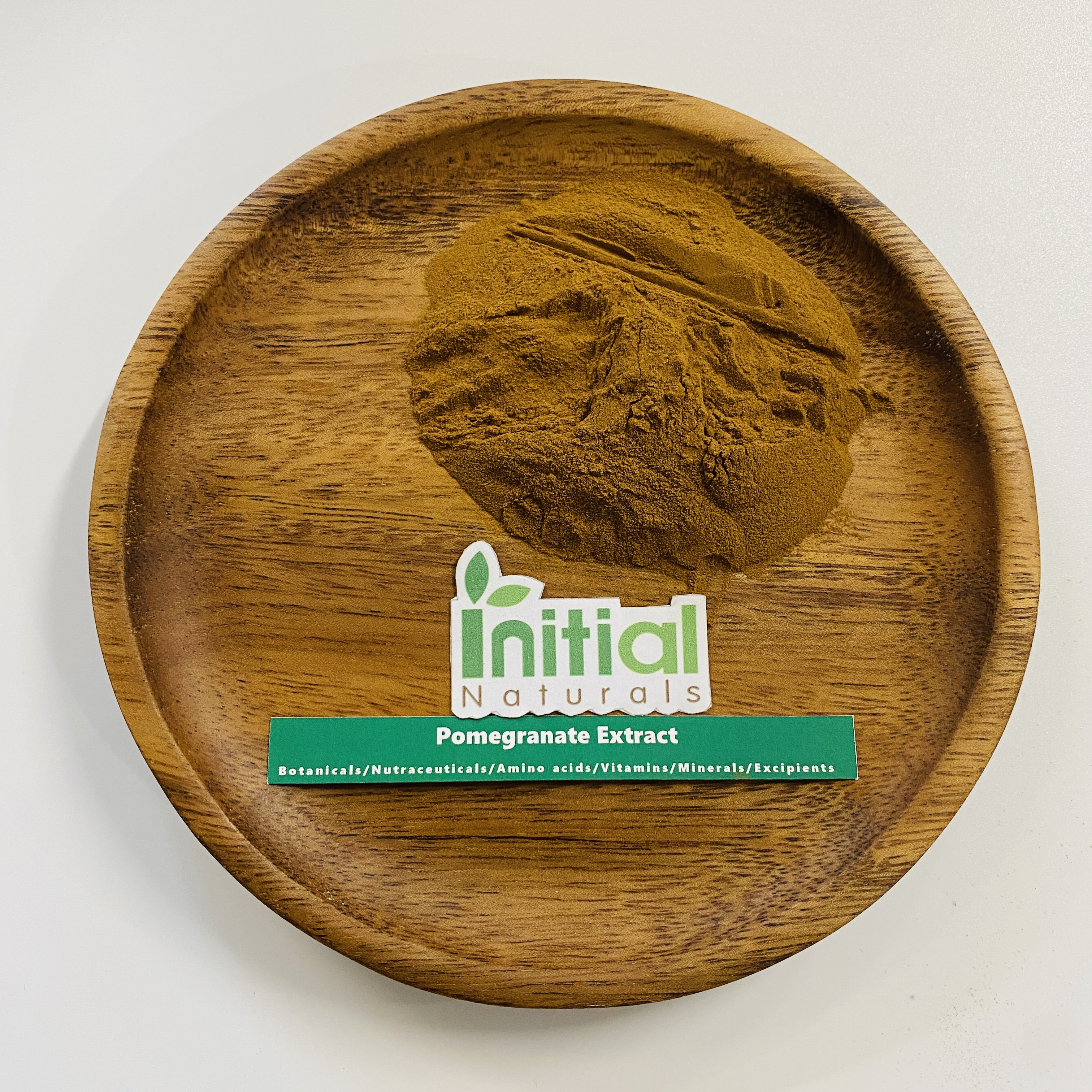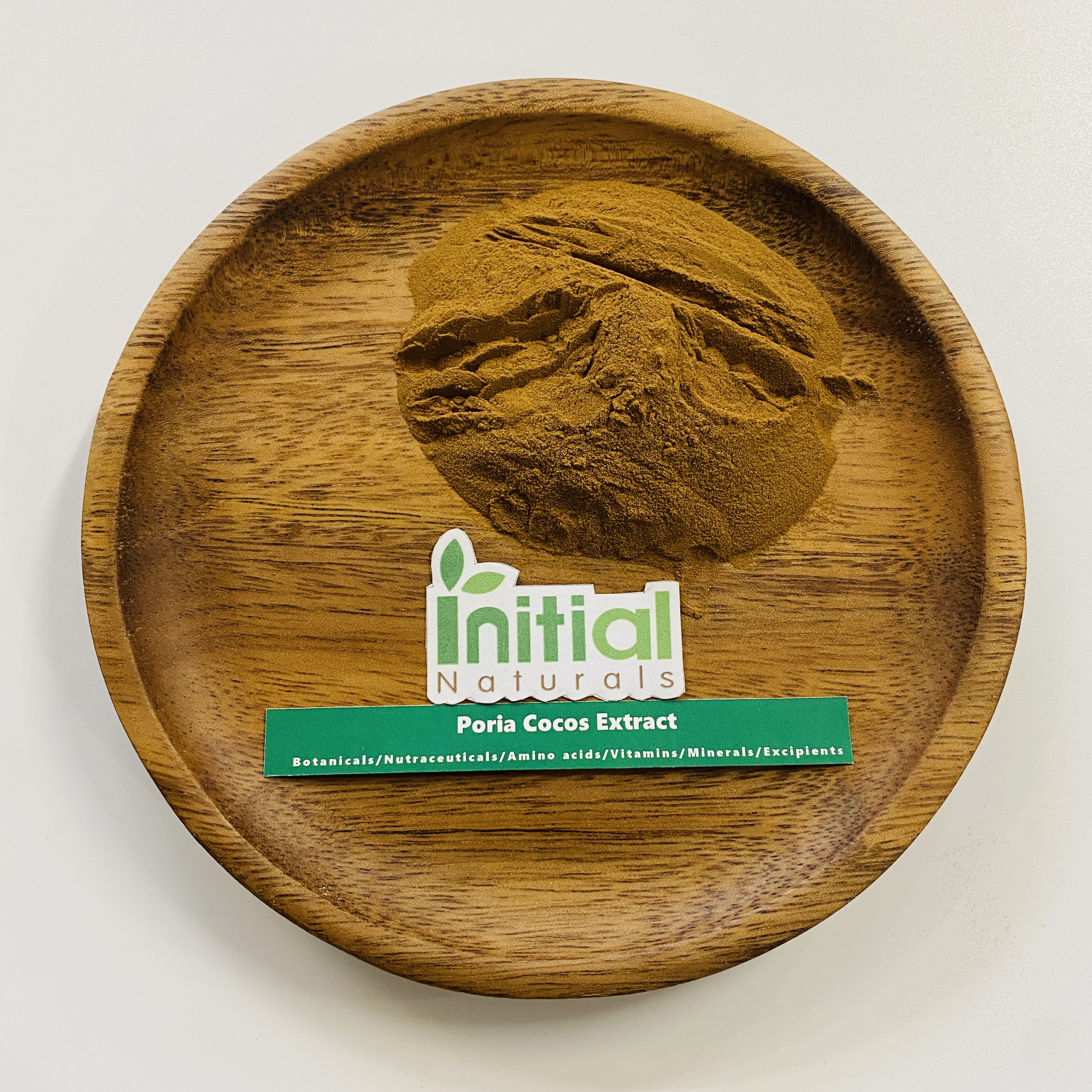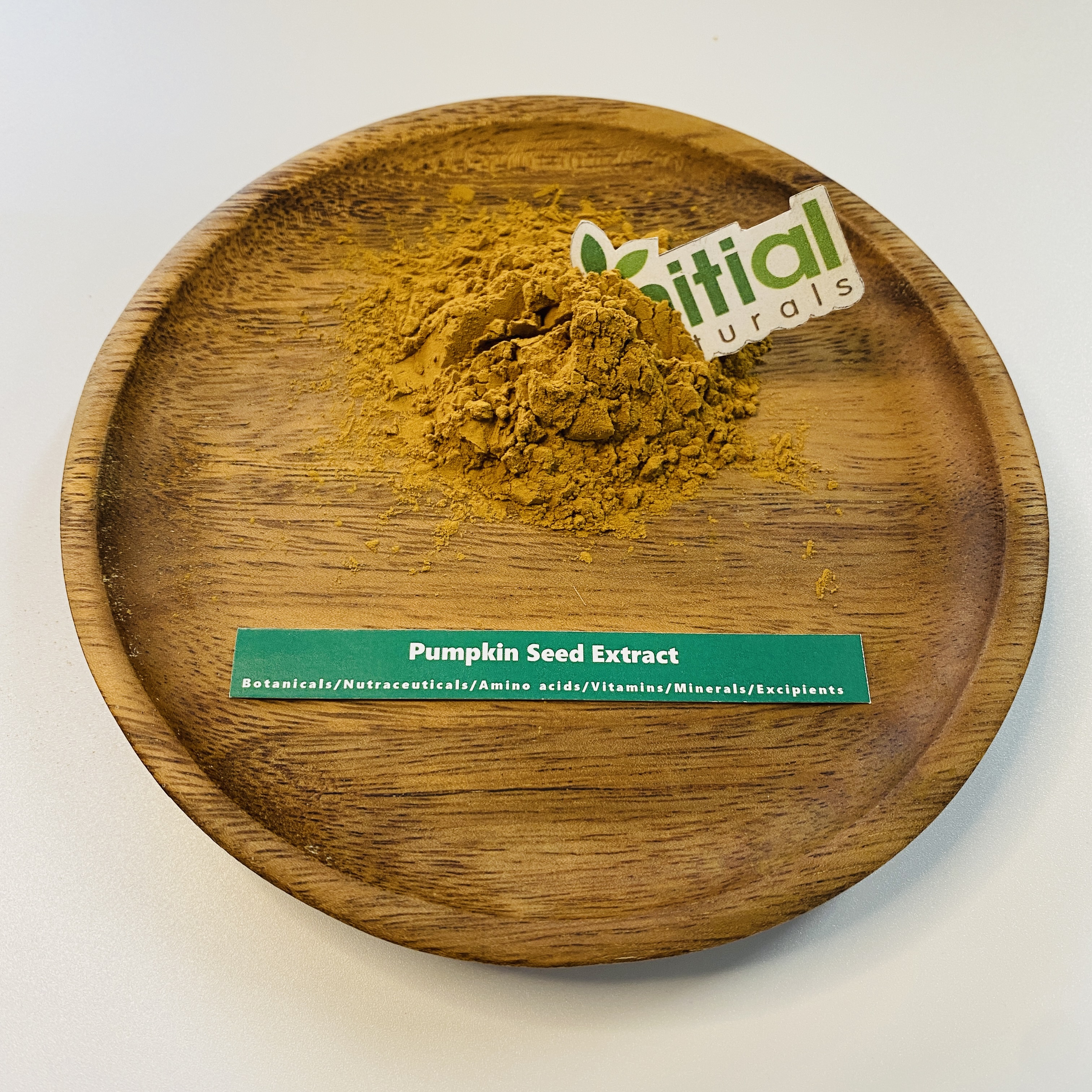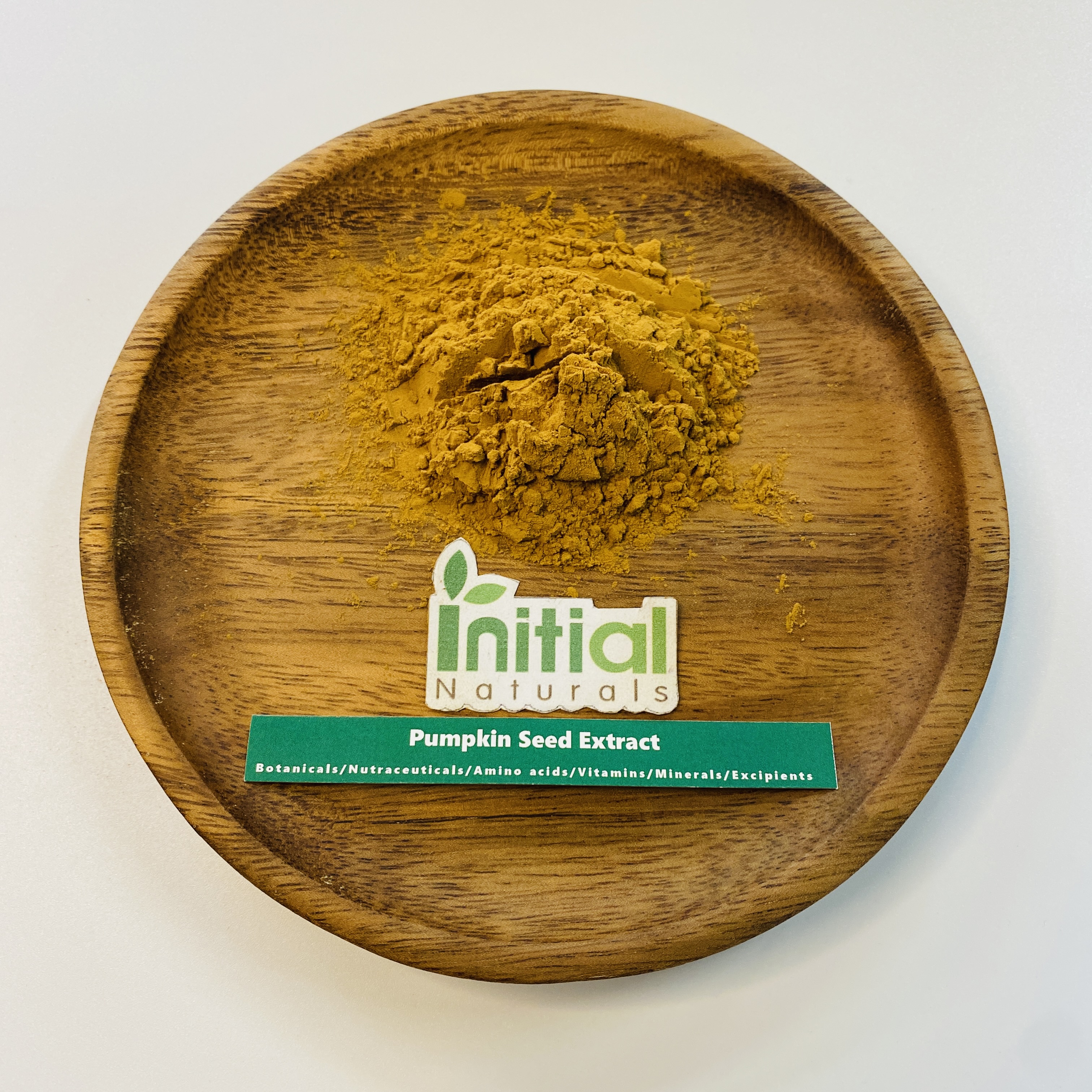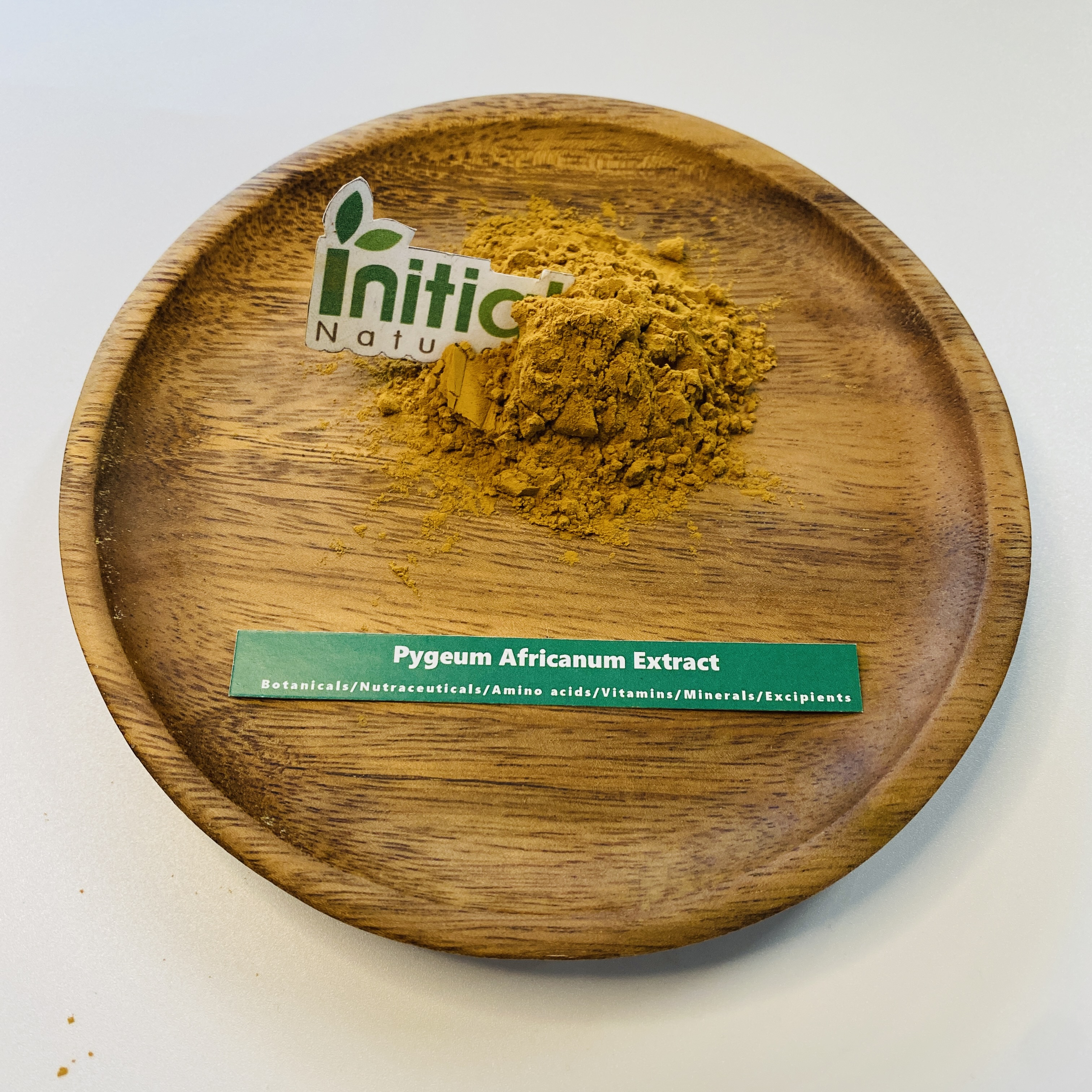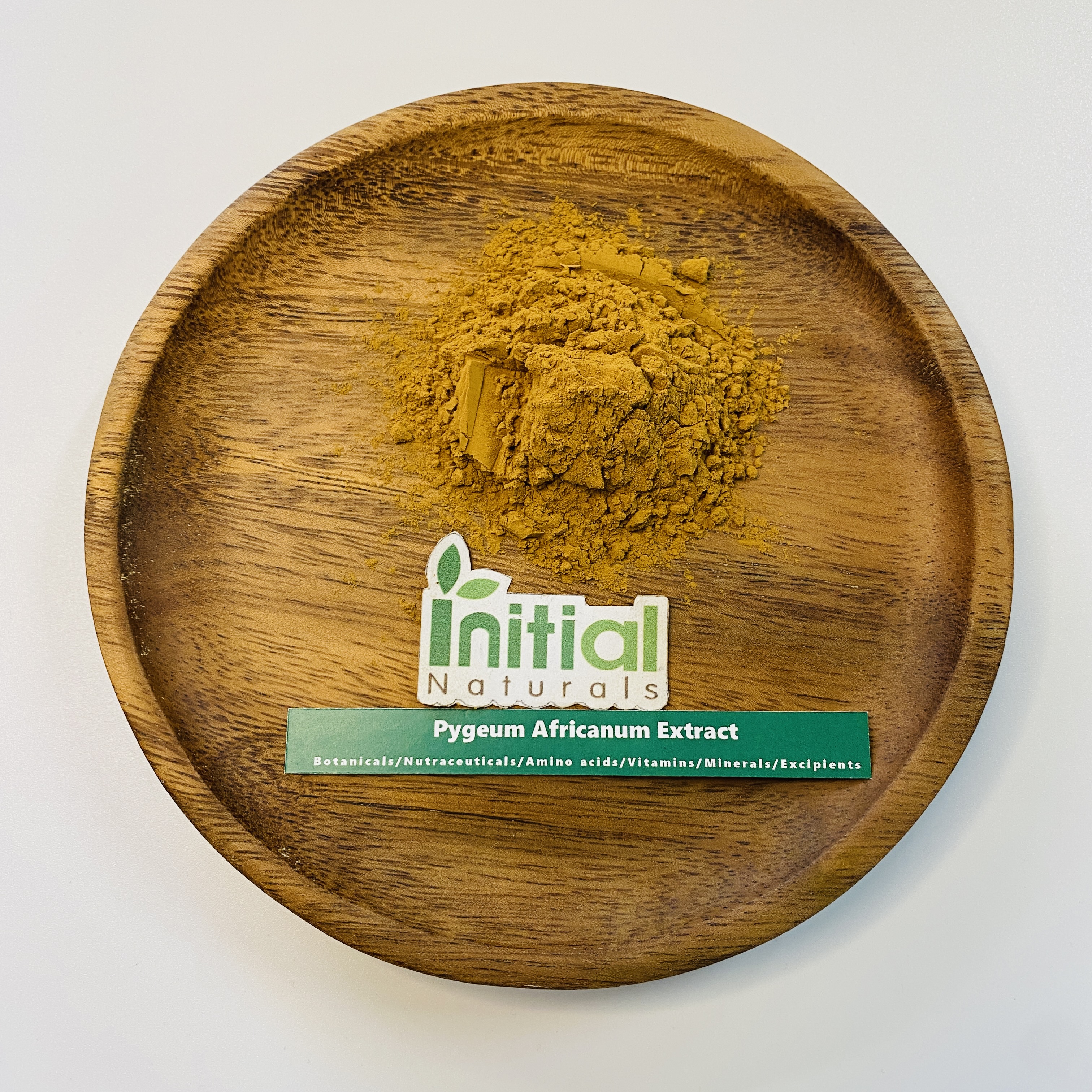Oyster mushrooms are one of the newest mushrooms to pop up lately but have still managed to become a favorite fungi of many due to their distinct flavor and extensive health benefits.
-


-


Papaya, also known as pawpaw or papaw, is a tropical fruit that is native to Mexico and northern South America. It is part of the Caricaceae family of plants and grows on the Carica papaya tree in tropical climates.papaya is grown around the world in many different tropical areas. India, Indonesia, Brazil, Nigeria, Mexico, the United States and many Central American nations are the largest producers.
-


Passion fruit is a type of berry that gets its name from the plant it grows on (mainly Passiflora edulis and Passiflora flavicarpa). These plants are several of an estimated hundred species of the passion flower, which belong to the Malpighiales plant family. The passion fruit plant is a tropical species that is native to Brazil, Paraguay and Argentina. Today it grows in these countries, as well as throughout tropical regions including parts of Australia, India, Africa and Hawaii.
-


Phellinus linteus extract, also known as Mesima Mushroom Extract, has been traditionally used in Korea for ages as an anti-cancer product. One Korean study found that polysaccharides isolated from Phellinus linteus provided the broadest spectrum of anti-cancer properties of any of the mushroom species tested.
-


Plant sterol is an active ingredient in plants, which has many benefits for human health.Research discovers, plant sterol has the effect such as lowering blood cholesterol, prevention and cure prostatic hypertrophy, inhibiting tumor, inhibiting mammary gland hyperplasia and regulating immunity.
-


Pine bark extract comes from the inner bark of the Pinus pinaster tree, most commonly found in Europe.This bark extract has been around for about 450 years. In 1534, a French ship led by the famous explorer Jacques Cartier became stranded in ice near Quebec, Canada. The crew fell extremely ill from scurvy, an extreme lack of vitamin C. Cartier’s crew crossed paths with a Quebec Indian who encouraged them to drink a tea made from pine bark and needles.
-


Polygonum cuspidatum is a naturally occurring phytoalexin produced by some higher plants in response to injury or fungal infection. In vitro and animal studies suggest that a high resveretrol intake is associated with a reduced incidence of cardiovascular disease, and a reduced risk for cancer.There is also high purity synthetic type resveratrol.
-


Polyporus umbellatus is a rare, edible species of mushroom, found growing on roots of old beeches or oak. It is also called Lumpy Bracket and Umbrella Polypore.A close relative of Grifola frondosa (Maitake), P. umbellatus differs from most medicinal mushrooms in that traditionally it has been harvested as a hyphal mass, or sclerotium, which only forms when P. umbellatus is symbiotically associated with Armillaria species.
-


Pomegranate seeds come from the pomegranate, which is a fruit about the size of a large orange with a smooth, thick skin that ranges in color from brownish yellow to deep red.The inside of the pomegranate contains chambers of hundreds of arils, which are the seed pods inside the pomegranate that are separated by cream-colored membranes.These arils or seed pods are what we commonly refer to as “pomegranate seeds,” and they are typically either eaten raw or processed into pomegranate juice.
-


Poria Cocos Mushroom is a traditional popular chinese medicine in China. Every 100 grams of dried Poria Cocos cocos contain 1. 2 g protein, 0. 5 g fat, carbohydrates 80. 9 g, cellulose 1. 7 g, vitamin e 4. 27 mg, selenium 12. 6 ug, and the-fuling polysaccharide, fulin acid, ergosterol, choline, adenine, lecithin proteinase etc. it showed a mild pharmacological property and sweet taste and acts on the heart, spleen, liver and kidney.
-


There are many benefits of pumpkin seeds that make them a worthy addition to your diet, both during the holidays and all year round. In fact, some of the power-packed benefits of pumpkin seeds include better heart health, improved blood sugar levels, enhanced sleep quality and more.
-


Preferentially Prunus africana grows at a level of 1,000 to 2,500 m in the mountain forests of West. Africa (Ghana, Cameroon), East Africa (Ethiopia, Kenya, Uganda, Tanzania, Eastern Congo and Madagascar). It also occurs in Southern Africa.We can provide CITES (International Convention on Endangered Species Trade) with complete import and export procedures.


